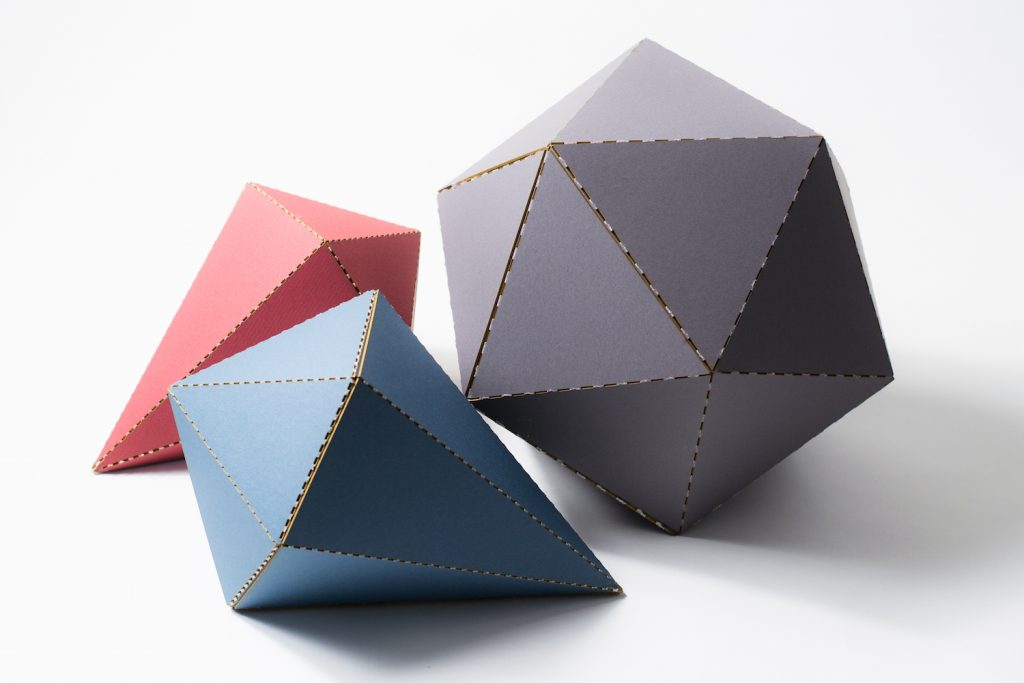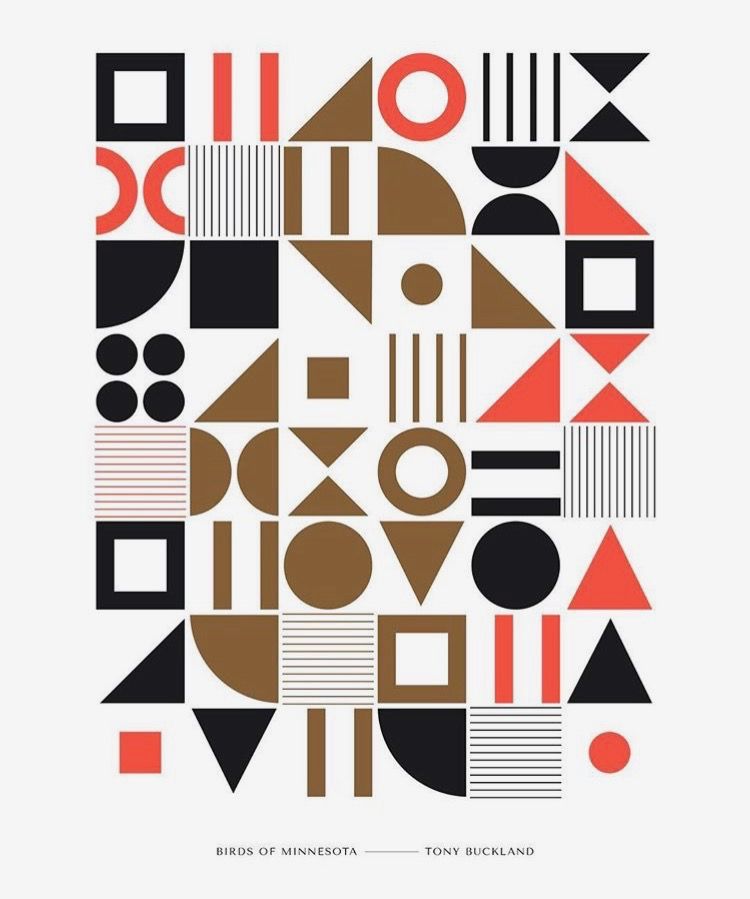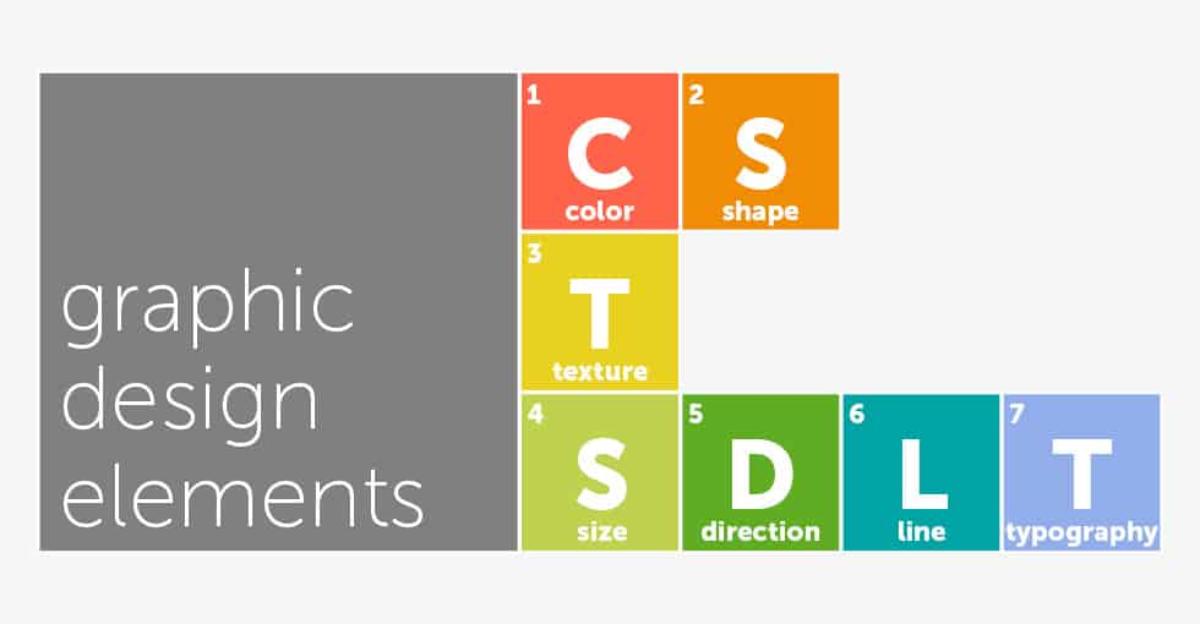Table Of Content

Proportion adds order and perspective, creating a relationship between elements. This picture of an evening-lit city street encapsulates rhythm perfectly. The digital design feels lively, as though dancing or vibing to its virtual music. Also known as direction, movement uses elements to lead the eyes from one location to another. The darkness of the trees and shadows on the tractor emphasize a dark and mysterious atmosphere. The points in this image form the start and end of all the lines, including the mountains, clouds, and the moon.
Basic Elements of Graphic Design
The most crucial element in the design should have the highest contrast (for example, a distinctly blue button on a white background with much white space is of high contrast). C) Radial balance places the elements of a design in a circular pattern, providing a sensation of movement and dynamism. In the early 1920s, Dutch designer Theo van Doesburg created the first stationery items for a company called NB. And so we see how graphic design evolved little by little until it came into its own. This is not a simple question, but according to creative director Christopher Pierce (@chrispierceterry), we can look at three clearly defined eras. Graphic design is super important and constantly present in our lives, although we often do not even recognize it.

FAQs - The Essential Elements of Design
The team at Barcelona-based toormix expertly plays with varying contrasts in this poster design for Barcelona Design Week 2016. Designer Alexander Koltsov and the folks at Shuka Design created this stunning visual identity for the 2016 World Chess Championship in New York. The team used purposeful but asymmetrical swirls of overlapping lines to represent "the thought process of a chess player." Below, you can get an idea of how Newton's color wheel likely appeared.
Computer Science > Computer Vision and Pattern Recognition
Graphic Design Careers: A Complete Guide – Forbes Advisor - Forbes
Graphic Design Careers: A Complete Guide – Forbes Advisor.
Posted: Mon, 03 Jul 2023 07:00:00 GMT [source]
"You can use mood lines in virtually every element of your design," Rodin writes on his blog. With technological advancements introducing new types of graphic design, there has also been an emergence of new graphic design jobs. At the same time, the rise of AI (artificial intelligence) may leave you wondering if the career is in trouble. Video and animated elements are becoming more and more common in advertising, and motion graphics designers have a specialized skill set for those mediums.
Follow These Practical Design Guidelines To Laser Cut With Confidence
The fundamentals of design are all about the bigger picture—in other words, learning to appreciate the many small details that make up every composition. Symmetrical designs are the same or similar on both sides of an axis. They feel balanced because each side is effectively the same (if not identical). Like form, it can be part of a three-dimensional object, as in the example below (a small prickly cactus in a shiny ceramic pot). Even images that are less realistic use similar techniques to create dimension.
When can you break the rules of design?
It refers to the dominance of a specific element over all other elements. Emphasis involves highlighting certain elements of a design to create a focal point. Directing the viewer’s attention to a specific focal point or key element within the design.

How to use the principles of design?
In addition, some typefaces are part of an extensive typeface range with different thicknesses. This helps to emphasize ideas or generate a hierarchy within the composition. They began experimenting more and more with typographies and shapes in search of eye-catching designs. The 1980s also saw the emergence of the first socially charged design pieces. Designer Barbara Kruger stood out in this field with posters that were notable for their strong social messages. This era began with the birth of the personal computer, a tool that forever changed the graphic design profession and industry.
Jane Davis Doggett, 93, Dies; Graphic Designer Helped People Find Their Way (Published 2023) - The New York Times
Jane Davis Doggett, 93, Dies; Graphic Designer Helped People Find Their Way (Published .
Posted: Sat, 29 Apr 2023 07:00:00 GMT [source]
It's essential for making things look three-dimensional and also adds direction and hierarchy. Shapes are two-dimensional and can range from simple organic shapes to one's more complex, like geometric shapes. Lines are the most essential elements in design, forming a distinct mark between two points. Lines can be straight or curved, thick or thin, and are necessary for creating shapes.
Typography
Graphic designers working in healthcare might work on a commercial advertising the opening of a new clinic. A graphic designer working in manufacturing might create a brochure that explains their equipment to businesses considering a purchase. Motion graphic designers and animators bring visual elements to life through special effects, video, TV shows, video games, movies and more.
Lines, colors, shapes, and textures, are fundamentals featured in nearly every visual. The elements of design are the building blocks of visual art, including point, line, shape, and space. Together, they combine to create visually engaging compositions in any design project. I provide designs that can scale when users increase page element sizes.
Proportion is the relative size, weight and placement of an element to the whole design. The right scale and proportion ratios of elements help bring a feeling of balance. With the right composition, different design elements will appear to belong together.
Colour theory can be a valuable tool for graphic designers who want to select a single colour or harmoniously combine multiple colours. The simple line is the basic building block for almost all designs. It is a powerful tool that can help designers create a strong visual impression in many different ways. It is instrumental in communication design, where it helps to build tension, drama, and excitement. Hierarchy is the order in which a viewer looks at design elements within a composition. A designer only has a few seconds to capture attention, so it’s important to let the viewer know where to look first, second, third, and so on.
Color is a potent and expressive element in graphic design, capable of evoking emotions, sending messages, and creating visual interest. It can be used to create contrast, establish hierarchy, and evoke specific emotions or associations. The color wheel is a tool for comprehending color relationships and how they can be used to create effective designs. Complementary colors, opposite each other on the wheel, can create contrast and visual interest. Analogous colors adjacent to each other can create a sense of harmony and unity.
The larger size, different shape and lighter color of the middle square breaks the pattern of similarity and draws the viewer’s attention toward the center focal point. Making these elements larger in size or brighter in color are two ways to accomplish this effect. The general rule is to make sure the area of you want to highlight is in contrast to the rest of the design, whether that be in size, shape, color, texture, etc. For more visual insights, check out this infographic that explains the 12 visual hierarchy principles every designer should know and how to use them to your advantage.
While symmetry is the norm for the human body and a good thing to strive for, asymmetry is also part of the natural world. Both plants and animals tend to grow and develop symmetrically. For example, the legs of a spider have always positioned the same way (or at least the majority of them), and both sides of a caterpillar are always equal. If you're working on a website, you want to ensure that your content is readable. Use large text and avoid using too many colours or too much detail.

No comments:
Post a Comment